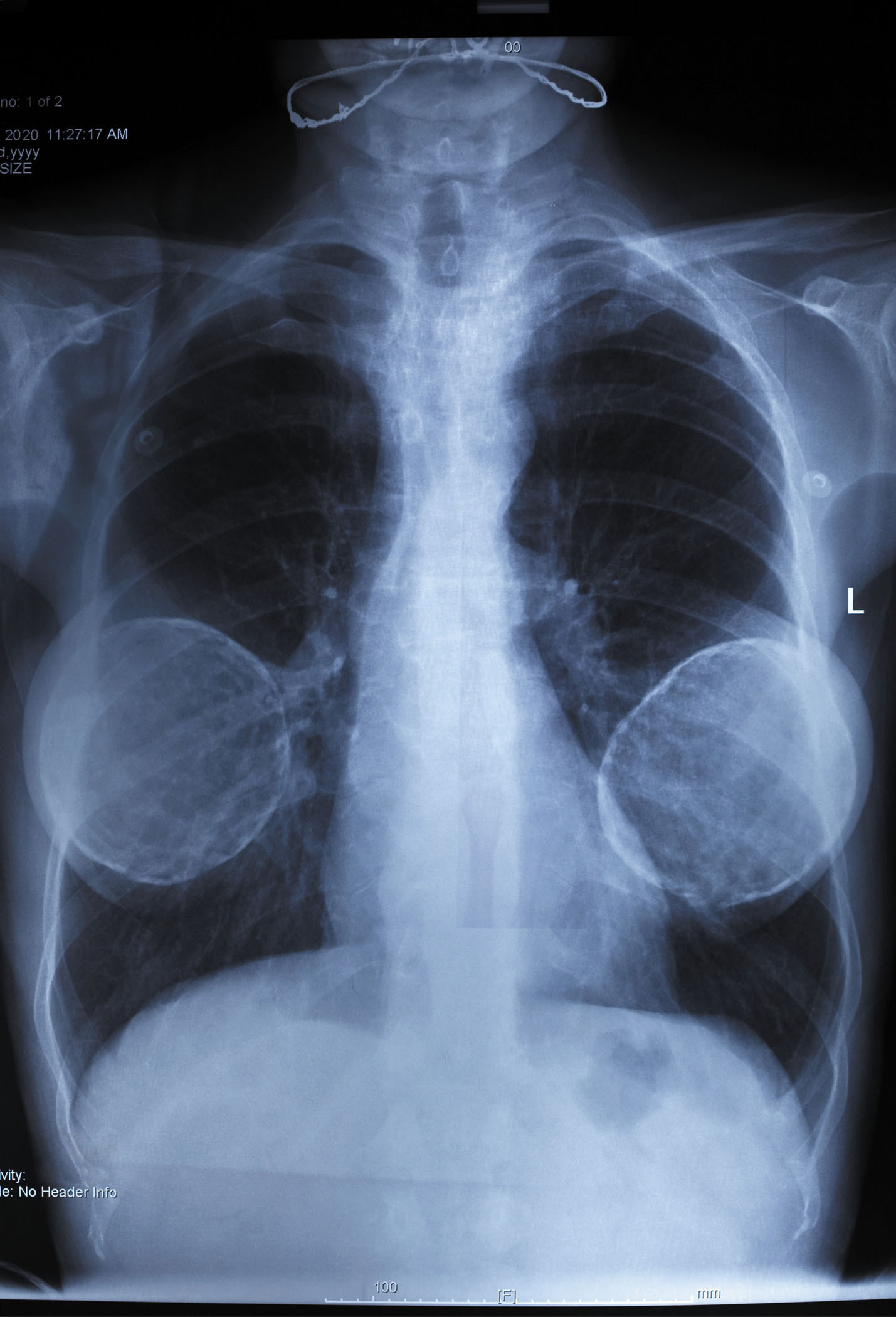
5 timeless habits for better health

What are the symptoms of prostate cancer?

Is your breakfast cereal healthy?

When pain signals an emergency: Symptoms you should never ignore

Does exercise give you energy?

Acupuncture for pain relief: How it works and what to expect

How to avoid jet lag: Tips for staying alert when you travel

Biofeedback therapy: How it works and how it can help relieve pain

Best vitamins and minerals for energy

Should you take probiotics with antibiotics?
Medical Devices & Technology Archive
Articles
Artificial intelligence: Advancing into cardiology
Machine learning, a key aspect of artificial intelligence (AI), may improve the diagnosis of heart disease by analyzing large amounts of data from chest CT scans, echocardiograms, and electrocardiograms. By recognizing patterns, the machine "learns" and becomes more accurate over time. Current projects include diagnosing coronary artery disease with stress echocardiography and detecting multiple heart rhythm disorders from electrocardiograms in different formats and layouts.
Smartwatch monitoring after a heart valve procedure
A 2022 study suggests that using a smartwatch capable of estimating blood oxygen levels and recording an electrocardiogram could be an effective way to remotely monitor people at home following a minimally invasive heart valve replacement.
The annual physical reimagined
With home monitors, smart watches, and other wearable tech, patients are increasingly bringing their own data to physical exams. Learn the benefits and drawbacks of all of this data—and when/if it can help with health recommendations.
Warning about portable electronics for people with heart devices
Some portable electronic devices—including Apple AirPod charging cases and certain smartphones—contain strong magnets that can interfere with the function of an implantable cardioverter-defibrillator.
Virtual reality for chronic pain relief
Virtual reality (VR) is being studied as a therapy for people with chronic pain. It immerses people in calming three-dimensional environments and uses principles of mindfulness, meditation, guided imagery, or cognitive behavioral therapy. It's believed to help reduce chronic pain by decreasing stress, anxiety, depression, and fear, which all contribute to pain. It could also be that VR and its many stimuli simply distract your brain from receiving pain signals. VR for pain reduction isn't widely available as of 2022.
FDA wants women to understand the risks and benefits related to breast implants
The FDA recently moved to help make certain that women considering breast implants have a clear picture of what implants involve before moving ahead with surgery. The agency announced a series of changes in October 2021. These include new labeling requirements for breast implant manufacturers, a requirement that facilities provide patients with a checklist outlining potential risks and benefits related to breast implants, and updated screening recommendations to detect leaks in silicone breast implants.
Can my phone and other devices interfere with my pacemaker?
Certain devices that use magnetic chargers may interfere with cardiac devices such as pacemakers. A doctor should advise people on which ones to avoid or to use caution when operating.
Low heart rate warnings via smart watch
When a smart watch alert suggests that person's heart rate is below 40 beats per minute, it could be an error, especially if no symptoms are present. But it could signal a heart problem called bradycardia that has many possible causes.
Experimental wireless pacemaker dissolves when no longer needed
Better blood sugar tracking: A benefit for heart health?

5 timeless habits for better health

What are the symptoms of prostate cancer?

Is your breakfast cereal healthy?

When pain signals an emergency: Symptoms you should never ignore

Does exercise give you energy?

Acupuncture for pain relief: How it works and what to expect

How to avoid jet lag: Tips for staying alert when you travel

Biofeedback therapy: How it works and how it can help relieve pain

Best vitamins and minerals for energy

Should you take probiotics with antibiotics?
Free Healthbeat Signup
Get the latest in health news delivered to your inbox!
Sign Up











